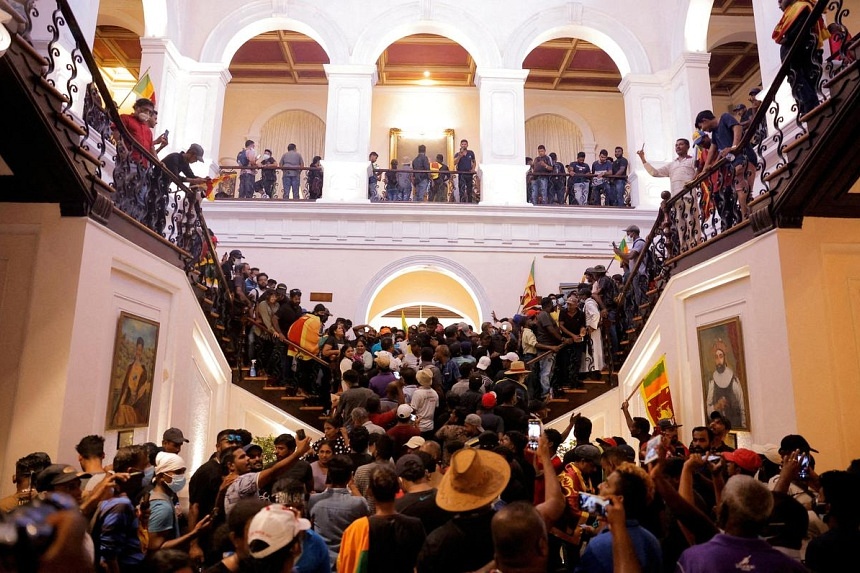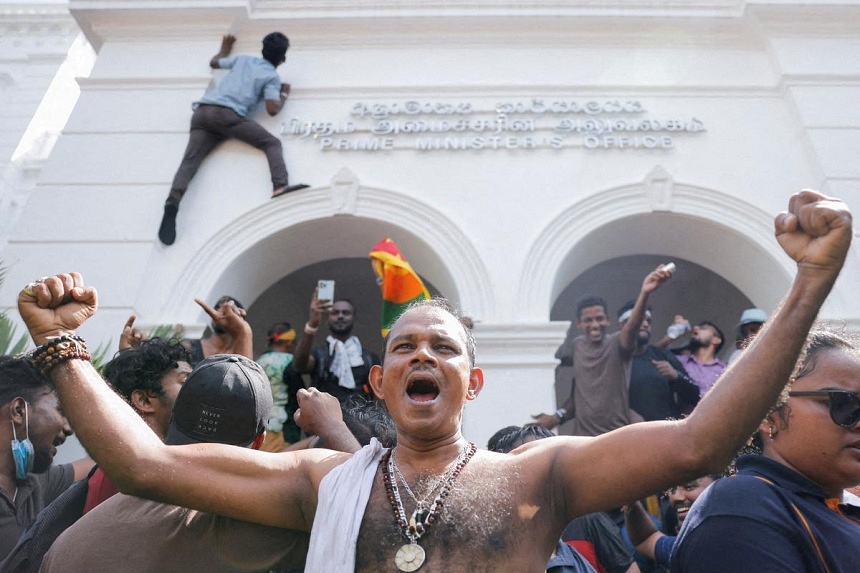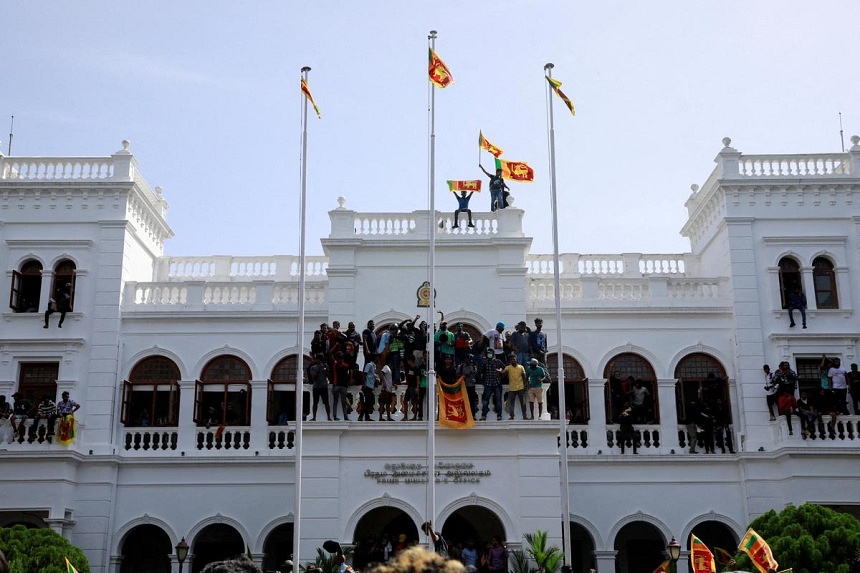by Eric W. Dolan
September 18, 2024
A recent study published in the journal Personal Relationships explored the intricate links between self-esteem, happiness, and marital conflict in married couples, with particular attention to how these dynamics might differ based on whether the wife is employed. The findings suggest that marital relationships are shaped by both partners’ psychological well-being, but wives tend to have a greater influence on their husbands’ self-esteem and happiness than vice versa. Interestingly, husbands married to employed wives reported higher psychological well-being compared to those with stay-at-home wives.
Marital relationships are fundamental to the well-being of adults, yet researchers still have much to learn about how psychological factors like self-esteem and happiness interact with marital conflict over time. Although there is ample research showing that partners influence each other’s health, emotions, and behavior, there is a gap in understanding the long-term, mutual effects between self-esteem, subjective happiness, and marital conflict.
Self-esteem has long been seen as a predictor of relationship quality. People with high self-esteem are more likely to engage in behaviors that strengthen their relationships, while those with low self-esteem may struggle to maintain satisfying relationships. Happiness, too, is linked to relationship satisfaction, but the direction of influence—whether happiness leads to better relationships or vice versa—remains debated.
Additionally, previous research has suggested that wives, who often play a larger emotional role in marriage, may influence their husbands’ psychological well-being more than the reverse. In the new study, Jeong Jin Yu (a professor in the Department of Educational Studies at Xian Jiaotong-Liverpool University) aimed to fill these knowledge gaps by examining these dynamics over time in South Korean couples, while also exploring how the employment status of wives might affect these relationships.
Yu analyzed data from the Panel Study on Korean Children, a nationwide survey that has tracked families since 2008. The data for this study were collected from 1,668 married couples at three different points in time, spaced one year apart. This longitudinal approach allowed Yu to track changes in self-esteem, happiness, and marital conflict over time.
Participants included both husbands and wives who were required to be living together at the start of the study. If a couple separated or divorced during the study, they were no longer included. The couples had been married for about ten years on average, and most had one or two children. About 40 percent of the wives were employed, while nearly all of the husbands worked.
To measure self-esteem, participants responded to a series of questions that assessed how they felt about their worth and qualities. Marital conflict was measured by asking participants how often they experienced arguments or tension in their marriage. Happiness was measured by having participants rate how happy they generally felt.
Yu found that self-esteem and happiness are closely linked for both husbands and wives. High self-esteem led to increased happiness over time, and the reverse was also true: feeling happy boosted self-esteem. This positive feedback loop was present for both men and women, suggesting that feeling good about oneself is crucial for overall happiness and vice versa.
However, when it came to the influence between spouses, Yu found that wives had a stronger impact on their husbands’ self-esteem and happiness than the other way around. Wives’ self-esteem at the start of the study was linked to their husbands’ self-esteem in subsequent years, but the reverse was not observed.
“Counter to the lay beliefs that men are independent and self-reliant or draw their self-worth from their relationships less than women, the overall findings suggest that husbands tend to derive self-esteem from their wife more than the other way around. However, husbands have minimal association with their wife’s self-esteem,” Yu wrote.
Yu also found that marital conflict had a negative effect on happiness, but not necessarily on self-esteem. Both husbands and wives who reported more conflict in their marriages were likely to feel less happy over time. Interestingly, wives’ marital conflict had a stronger impact on their husbands’ happiness and self-esteem than husbands’ conflict had on their wives. In other words, when wives were unhappy in their marriages, it had a significant emotional toll on their husbands.
Wives’ employment status emerged as an important factor in these dynamics. Husbands of employed wives reported higher self-esteem and happiness compared to husbands of stay-at-home wives. This effect may stem from the financial and emotional support that working wives provide, which can enhance a more balanced and satisfying marital relationship. Employed wives with high self-esteem were less likely to report marital conflict over time, suggesting that having a sense of personal achievement outside the home may buffer against marital tension.
In contrast, stay-at-home wives who experienced more conflict in their marriages tended to have husbands with lower self-esteem. This suggests that when wives are not employed, marital conflict may weigh more heavily on their husbands’ psychological well-being.
Yu’s study opens up several interesting avenues for future research. One important direction is to explore how these dynamics play out in different cultural contexts. South Korea has a unique cultural landscape, where traditional gender roles are shifting but still influential. It would be interesting to see if similar patterns emerge in more egalitarian societies or in cultures where gender roles are more rigidly defined.
Future research could also investigate how the dynamics between self-esteem, happiness, and marital conflict change over the course of a marriage. For instance, do these patterns look different for couples in their early years of marriage compared to those who have been married for decades? Similarly, how do these dynamics shift when children are born or when couples transition into retirement?
“Taken together, this study supports the position that although couples depend on each other for marital and psychological well-being in different ways over time, wives tend to be their husbands’ substantial source of perceived psychological well-being than the reverse,” Yu concluded. “However, the benefit of psychological well-being appears to be less for husbands of stay-at-home wives compared with husbands of employed wives.
“Future research should continue to utilize longitudinal dyadic data from both partners to better understand the multifaceted effects of interdependence, reciprocity, and gender differences on marital relationships and psychological well-being. Furthermore, such studies should analyze the dynamics both at the level of individual partners and at the couple level, shedding light on the reciprocal influences over time.”
The study, “Longitudinal dyadic interplay between marital conflict and psychological well-being incouples: The moderating roles of wives’ employment,” was published in Volume 31, Issue 2 of Personal Relationships.

















